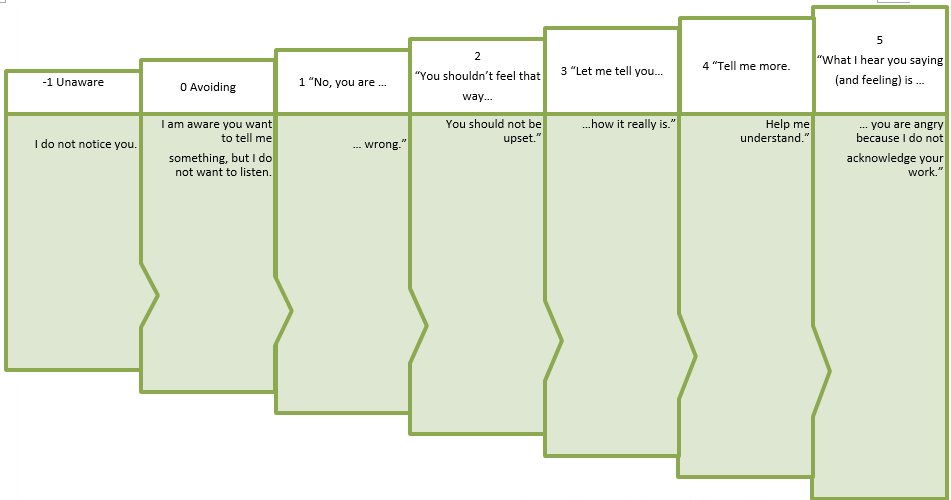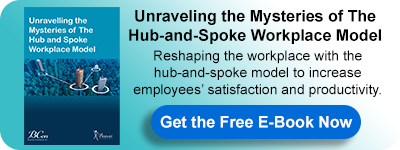Three Actions, One Leader

As leaders attempt to attract talent, lower costs, and gain more profit, they are also faced with new workplace arrangements, such as the Hub-and-Spoke. And with the emergence of this new business model, they are faced with new challenges that they need to face in order to keep their employees satisfied as the war for talent rages at such a hard time.
How should leaders handle employees’ needs in this future workplace? Here are Three essential Actions required by leaders:
Listen Effectively: Empathize
According to The Human Element (THE), one of the main significant actions required from management is Effective Listening. Sounds simple? Yes, yet overly ignored!
In the Concept of THE, the Level of Listening is a framework that aids in the clarification of various listening practices. The Levels of Listening guide people from arguing against what the speaker is saying to active and receptive listening. The listener sends the message to the speaker that “you are important to me, and I want to understand your point of view, even if I disagree with you,” by listening at a deeper level.

Why do managers need such deep levels of listening with employees? Because genuine and empathetic listening shows workers that management honestly cares about them. This allows employees to uncover their deep worries and thoughts, allowing management to work on them before the employee escapes with his talent somewhere else. With a workplace model such as hub-and-spoke, empathy is essential. You need employees to voice their fears and anxieties to allow management to work on them.
Provide the Right Amount of Inclusion
The inclusion of different teams in different hybrid working models, including the Hub-and-Spoke, is one of the new hybrid workplace challenges. According to THE The field of inclusion is focused on reaching the optimal level of human touch. Some people thrive on being included: they are outgoing, enjoy doing activities in groups, and are known for striking up conversations with strangers. Others prefer to spend their time alone. They are quiet, rarely initiate talks, and prefer small groups. People have different preferences for how much time they want to spend with others and how much time they want to spend alone. Hence, it is the leader’s role to know where each member falls on the inclusion spectrum. A team member who requires lots of inclusion might become anxious if provided with low levels of attention, and vice versa.
Build Trust through Genuine Care
The epidemic has revealed that presenteeism doesn’t account for a significant portion of corporate productivity. The usual thought has always been: You’re being productive if I see you at a desk and you appear to be busy. You’re not being productive if I can’t see you and can’t tell if you’re busy. Yet, the pandemic has proven that Showing up and filling a seat has never yielded extraordinary results. Employee monitoring has never resulted in enhanced employee responsibility or ownership of their work.
Trust and relationships, not greater surveillance, or arbitrary busyness measurements, are the foundations of performance excellence. Employee engagement describes how employees feel when they are supported and connected to their coworkers. Great managers build trust through connections, and their innate passion propels production to new heights.
Managers of remote workers must be extremely explicit in their expectations and even more deliberate in interacting with and mentoring their employees through discussions. Managers can and should learn how to achieve this. It is critical to their work-from-home employees’ success.
1Gallup, 31 Mar 2022, Jeremie Brecheisen, Anna Truscott-Smith And Ben Wigert, The Four Essential Dynamics of Hybrid Work, Accessed 22 Apr 2022, https://www.gallup.com/workplace/390944/four-essential-dynamics-hybrid-work.aspx
For more about this topic, download our latest book ” Unraveling the Mysteries of The Hub and Spoke Workplace Model “ for FREE:

